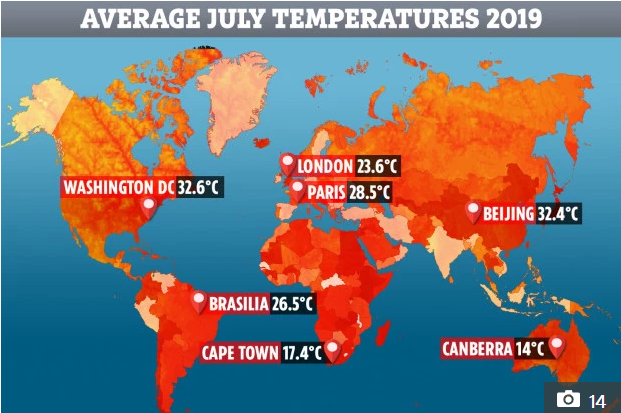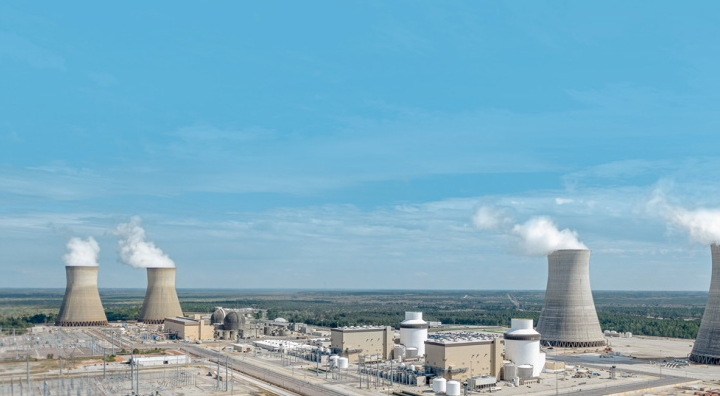
New figures, revealed by EU's Copernicus Climate Change Service, found that global average temperature in July 2019 was on par, if not slightly higher than July 2016, which followed an El Nino event.
The report highlighted that July 2019 was 0.56 degrees Celsius warmer than the average July from 1981-2010.
The previous warmest July occurred in 2016, but July 2019 was 0.04 degrees Celsius warmer, sufficient for the month to become, by a narrow margin, the warmest July in this data record.
The United Nations Secretary General António Guterres warned that these rising temperatures defined a ‘climate emergency’.
“If we do not take action on climate change now”, said Mr. Guterres, “these extreme weather events are just the tip of the iceberg. And that iceberg is also rapidly melting.”
More broadly, the month was close to 1.2°C above the pre-industrial level, as defined by the Intergovernmental Panel on Climate Change (IPCC). The IPCC stated that unless we don’t keep global average temperature rise below 1.5 degrees Celsius and well below 2.0 degrees Celsius, we face damaging and irreversible consequences.
In Europe there were some regional differences, the report found that it was warmer than normal over western Europe, except for south-western Iberia, but cooler than normal over the east of the continent, particularly the north-east.
Elsewhere, temperatures were significantly above average over Alaska, where all-time temperature records were broken, and over Baffin and Ellesmere Islands, where the record at the northernmost settlement Alert was broken.
Monitoring in Greenland indicated a high rate of ice-sheet mass loss due to melting. A stark reminder of the consequences that the IPCC warned of.
However, temperatures were below average in some areas, this included several land and oceanic areas, including much of Canada, parts of the North Atlantic and South Pacific, and to the south-west of Australia.







